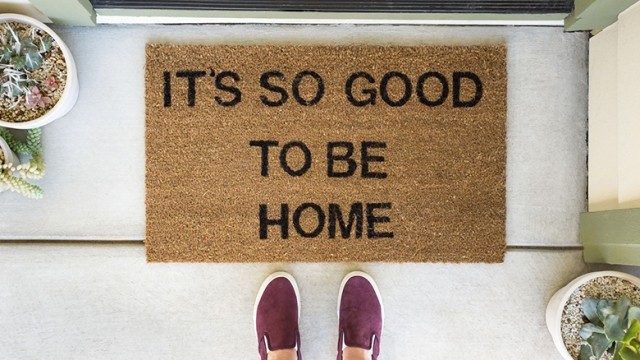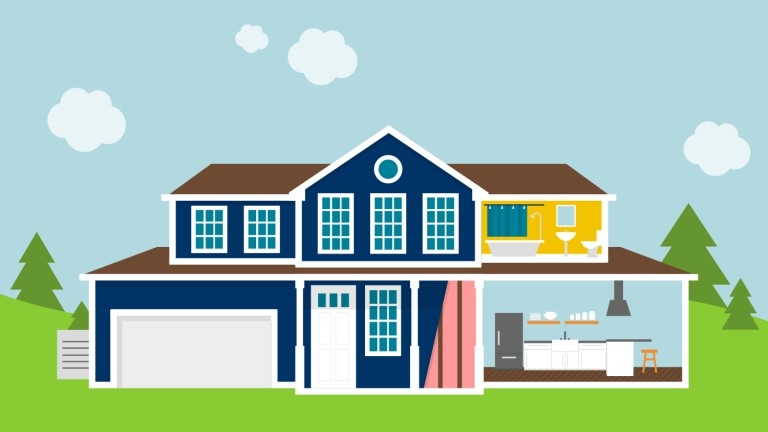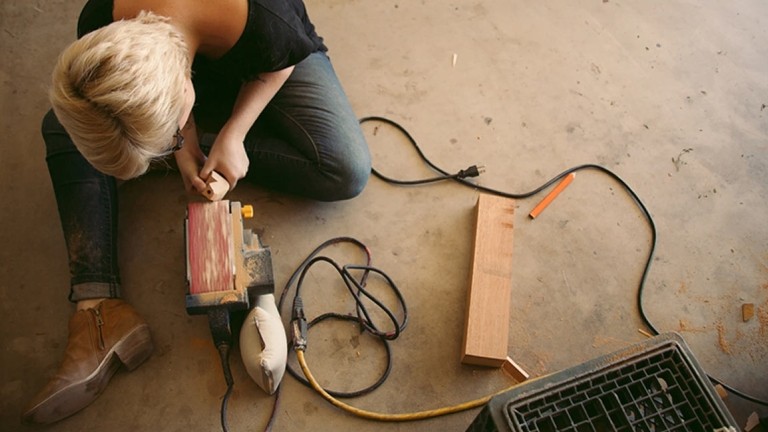How a 15-year mortgage can save you money
How much does your new home really cost?
It’s a simple question, but the answer isn’t as straightforward as you might think.
You can calculate the cost of your home in different ways. Most buyers focus on the sale price, which determines how much they need to borrow, or the monthly payment, which determines whether the home fits their budget. But it also pays to think about how much you’ll end up shelling out over the life of your mortgage.
The long-term cost of a home includes all of the interest you’ll pay on your loan—and considering the 30-year duration of a typical mortgage, those interest payments add up over time. That’s why, depending on your monthly budget, a 15-year fixed-rate mortgage could be one of the best home loans available.
Shorter loan, less interest
Homebuyers who choose a 15-year fixed-rate mortgage score two big financial advantages: a lower total cost of ownership and a predictable monthly payment.
It’s simple math. By paying off your loan in half the usual time, you’ll save more than a decade’s worth of interest payments. In the first 15 years of a 30-year fixed-rate mortgage, for example, around two-thirds of your monthly payment gets eaten up by interest, and whatever’s left over gets applied to the principal. With a 15-year mortgage, it’s the opposite. Two-thirds of your payment goes toward paying down your balance, while only a third goes to interest.
Add in the fact that 15-year mortgages usually offer lower interest rates, and you could knock thousands of dollars off the long-term cost of your home.
Sound like a deal? It gets even better.
By locking in your interest rate for the next 15 years, you get all the advantages of a fully amortizing, fixed-rate loan—including the assurance that your monthly payment will stay the same over the life of your mortgage. Sure, you’ll see some minor fluctuations as things like property taxes, insurance premiums, or homeowner association fees change just like any loan program. But as long as you don’t refinance or make other changes to the terms of your loan, you’ll have a predictable monthly payment that lets you manage your household budget without worrying about interest rate changes. That’s a huge advantage when you’re planning for the future.
So what’s the catch?
The main reason most homeowners overlook the 15-year mortgage option is the monthly payment. Since you’re paying off your loan in half the time, the monthly payments are higher but rates tend to be lower than a 30-year mortgage.
Getting locked into a higher monthly payment can be risky. If life throws you a curve ball like a change in income or an unexpected expense, you won’t have as much flex in your budget. Whether your changes in circumstance are temporary or permanent, your minimum payment remains fixed.
There are two ways to manage this risk. One option is to get a 30-year loan but pay it off in 15 years by adding extra money to your monthly payment. That way you can still save on long-term interest while retaining the flexibility to make smaller payments if needed. Or you can go for the 15-year mortgage and apply to refinance up to 95 percent of your loan amount later if you decide the higher payments aren’t working.
Which home loan is right for you?
It’s a big decision and you don’t have to make it alone. Our mortgage officers are here to help you understand all of your options and assist you in making the best choice. We’ll keep your budget in mind as you consider the cost of purchasing a home, including loan payments, insurance, taxes and other factors.
If you’re interested in looking at what a 15-year fixed rate mortgage would look like for you, send us a message to start the process and ask your questions.


